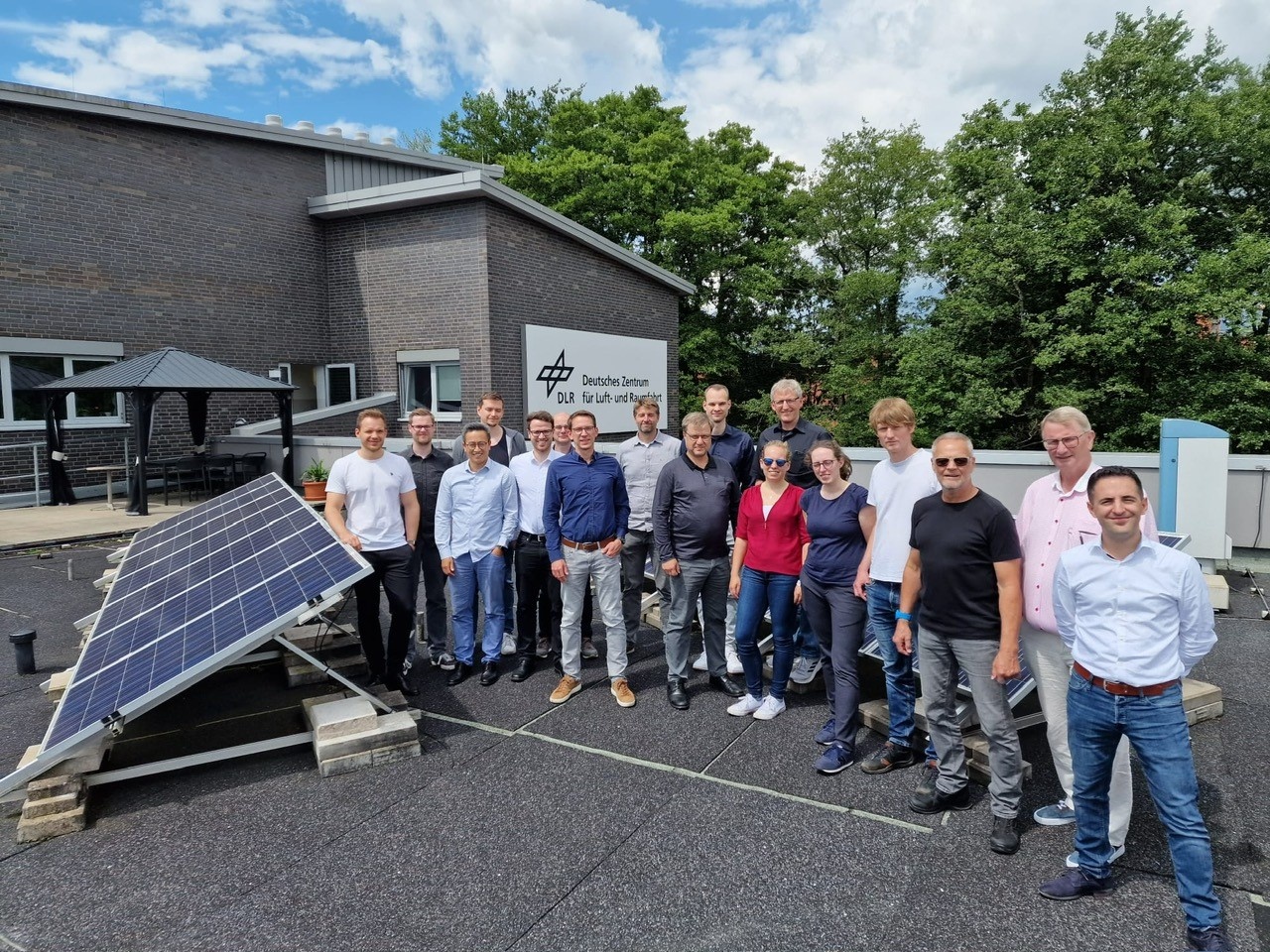Decentralized energy supply is an important part of the current energy transition. It offers companies and grid operators the opportunity to make their energy consumption more efficient and sustainable. By using modern technologies such as resource detection and power quality monitoring, decentralized energy supply can make a significant contribution to an environmentally friendly and secure energy supply.
Decentralized energy supply in the context of the energy transition
The energy transition is a global process aimed at reducing the consumption of fossil fuels and switching to renewable energy sources. Decentralized energy supply plays a crucial role in this context. The local generation and use of energy reduces transportation losses, increases security of supply and reduces CO2 emissions.
Resonance detection as technological progress
Resonance detection is a technology that is of great importance in decentralized energy supply. It enables the early detection of grid fluctuations and faults, which leads to improved energy efficiency and an extension of the service life of components. For companies and grid operators, this results in greater security of supply and possible cost savings.
Power quality and its relevance
The quality of electrical energy, known as power quality, is another key aspect of decentralized energy supply. High power quality ensures that electrical devices and systems can operate smoothly and deliver their full performance. This is particularly important when using renewable energies, as these can often be subject to fluctuations.
Summary and outlook
Decentralized energy supply offers companies and grid operators the opportunity to play an active role in the energy transition and to make their energy supply more efficient and secure. By using technologies such as resource detection and power quality monitoring, they can make a contribution to climate protection while reducing their operating costs and increasing their security of supply. Decentralized energy supply is therefore a decisive factor for the future energy supply and opens up new opportunities for companies and grid operators.

